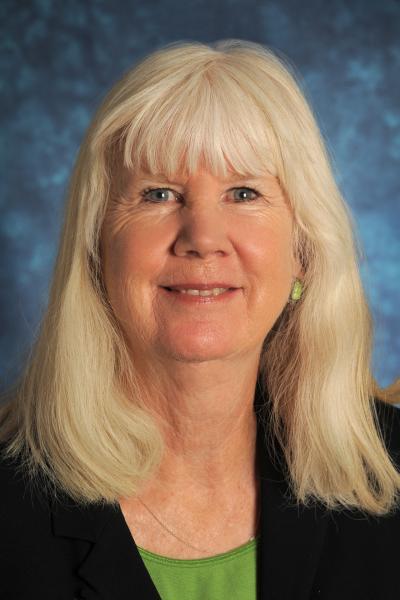NMSU Professor makes gains in protecting artifacts on the moon

"There's a total of 190 tons of cultural material on the moon, which surprises a lot of people. It surprised me. For Apollo 11 we have counted about 106 artifacts," O'Leary said. "What we're trying to preserve are those really significant technological objects that got those two guys to the moon for the first time."
California and New Mexico have already listed Tranquility Base on their state historic registers. The next step would be the National Historic Landmark designation. Once a property is designated a National Historic Landmark, it can be nominated for inclusion on UNESCO's World Heritage List. Westwood and O'Leary also have been working with ICOMOS, the World Heritage List's advisory body, over the last three years to make the case for the Apollo sites to be added to this list.
"Sites on the list now include Chaco Canyon, the Pyramids at Giza, Stonehenge, so there are many sites on the Earth that are recognized by this group of people. Putting the first lunar landing on the list means we recognize this is an achievement for humanity."
Objects at Tranquility Base are in a legal gray area. Countries own the property they have placed on the moon, however, by treaty, no one can own the lunar surface. In 2010, Robert Kelso, former director of NASA's lunar commercial services, invited O'Leary to join a group of NASA scientists and engineers in creating guidelines to protect U.S. objects on the moon from future visitors. The recommendations were developed in response to a request from the Google X Prize.
Although it has no force of law, the paper, "NASA's Recommendations to Space Faring Entities: How to Protect and Preserve the Historic and Scientific Value of U.S. Government Lunar Artifacts," took an important first step toward protecting these sites on the moon, according to O'Leary. The guidelines outline excluded areas and provide recommendations to prevent contamination of these sites.
"Some of those guidelines include where these spacecraft can land and the distance at which they have to be," said O'Leary "They can image the objects, but we would hate for a rover that is mobile to go over the tracks that Neil Armstrong and Buzz Aldrin made or to crash into some of the artifacts that are standing - some of them are scientific experiments."
In January, O'Leary was quoted in a New York Times article on the subject of protecting artifacts on the moon. Earlier this month, just before the anniversary of the Apollo 11 landing, O'Leary, Westwood and Kelso wrote an opinion piece for the Washington Post urging Congress to pass the legislation designating Tranquility Base as a National Historic Landmark.
"I'm one of those believers that if it's not in two years or five years or 20 years, we will go back to the moon, I think first with robotics and second with humans," O'Leary said. "If we don't have a preservation framework in place, if we don't have rules and ideas about what is important to preserve and how to preserve it, we really run the risk of destroying sites and artifacts. In archaeology, once you take away something, once it's destroyed, it's gone forever."


